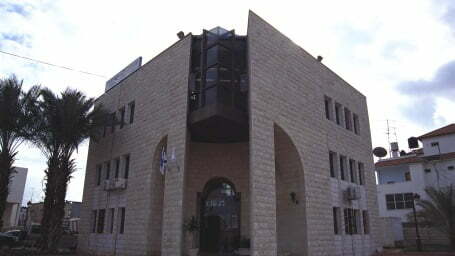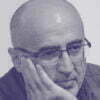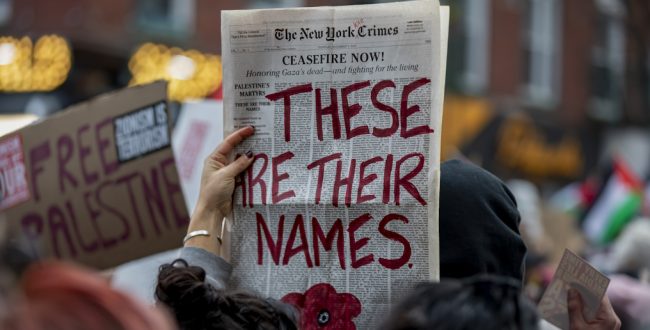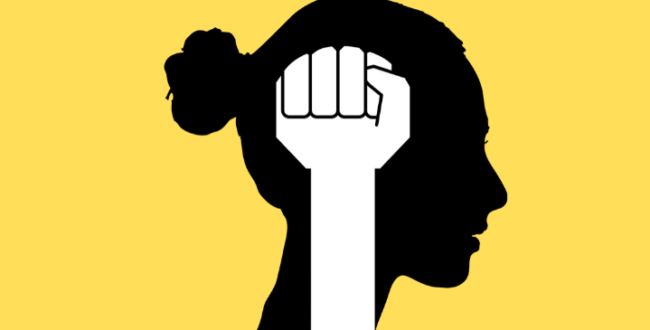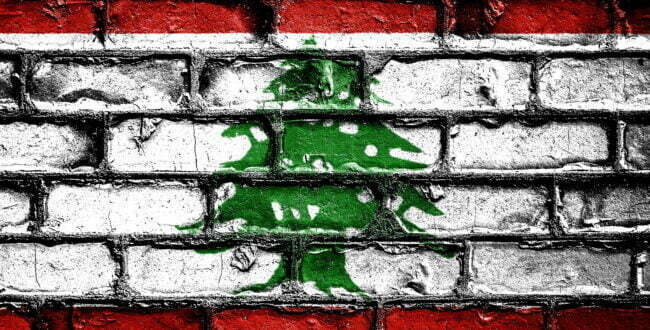Local council elections provide us with an excellent opportunity to examine the internal dynamics of the Arab-Palestinian community in Israel. These elections are a sort of a courtyard of this community, an arena in which the different forces operating within it compete. What can we learn from these ongoing election campaigns ahead of the October 30 elections? What are the forces operating in this sphere? And what is the nature of the dynamic between the “national” and “local”?
To start, a few statistics: Israel is home to about 80 Arab local councils; only four of them are headed by individuals identified with a party or a movement: two of them are affiliated with the Islamic Movement and two of them with the Communist Party (Hadash). Until the 1980s, there were only a handful of heads of local council not affiliated to parties. Some say that these data indicate that the clan has been able to reassert itself over the “party” or “movement,” but I find this explanation to be simplistic. This phenomenon is part of a nation-wide development, in Jewish towns as well, in which parties have vacated the local political arena to local forces.
The rise of the middle-class in the Arab-Palestinian community is another reason for this shift away from local representation affiliated with parties. New foci of power are emerging in towns and extended clans, and they undermine the power of the traditional clan, engendering new divisions among social and economic forces. These days, there is more money and more candidates in every town, with the numbers growing each election cycle, including the upcoming elections at the end of the month. For example, in Kafr Qara (in northern Israel), a town with 12,000, a total of 18 (!) candidates launched bids for the position of the head of the local council. The number of powerful actors emerging from the middle class is now eclipsing the number of traditional clans that led election campaigns in the past, either by proposing their own candidates, or by providing votes to parties, which used the clans to gain control of local councils. In addition, the political discourse accompanying the municipal elections in Arab towns reflects heterogeneity within towns and disagreements, including complex social and sectarian conflicts.
The main development, as mentioned, is the diffusion of the social-economic-political power in Arab towns due to the rise of a middle-class that obtained higher education and financial security over the last three decades, and is now competing with both the clans and the parties. This class is wealthier or more educated (or both), and sees the local arena as a sphere for economic influence and self-realization. This explains the difference in the nature of election campaigns today compared to the past, and the new discourse that has emerged between the competing local powers.
One of the signs of this change is the nature of the discourse, which is largely civilian, focusing on the functioning of the local council, its professionalism, the town’s development, and the outcomes of the management of the council, while little attention is paid to national issues at the heart of the relationship between the State and the Arab-Palestinian minority. By comparison, in the 1970s and 1980s, the discourse focused on national honor, the positions of the candidate and the political lists in the Knesset elections, and national questions related to the State and the Israeli-Palestinian conflict. The slogan used by Tawfiq Ziad in the 1975 elections, when he first won the position of the mayor of Nazareth, was “we are entering the campaign for national honor and services, we want them both and we will not accept any less.” Today, on the other hand, the tendency is to separate the local campaign from the national, a sort of a division of power between middle-class political circles and the traditional parties: “we are here in the local arena, and you are over there in the Knesset.”
Another clear sign indicating the disparity between the two types of elections is the difference in voter turnout among the Arab population in the two elections, the local and national. Data show that the average voter turnout in local elections in Arab towns stands at 85%. On the other hand, the participation rate among Arab-Palestinians in the last general elections was about 60%. The local arena is more tangible to the Arab voters, closer to their communities and their daily needs. In addition, unlike the national arena, the local political sphere allows more candidates to participate and make an impact; this explains the multitude of initiatives of youth and individuals who try their luck and enter the local arena at full speed.
Despite these developments, women are still absent as a political force from the local Arab arena. The positive changes in the status of Arab women has not been translated to the arena of local politics. Notwithstanding a substantive rise in the number of women occupying important positions in Arab towns, Arab women are still largely absent in local political as candidates and contenders, and are relegated to the role of the voter alone. Only once did a woman head an Arab local council in Israel’s history (in Kafr Yasif in the Galilee in the 1970s), and a small number of women are local council members. In recent years, a few women tried to run in party and independent list, and according to some assessments, more women will dare to run in the next election cycles.
Another lens through which local councils can be examined is the extent of their effect on the lives of residents. Usually, the local council is the largest employer in Arab towns, and hence it is the main sphere for self-realization. The situation, in this regard, is particularly bleak, since many appointments in local council administration are based on connections and not skills, meaning, based on narrow political considerations and the aim of securing employment for relatives and close associates. This phenomenon makes local administration less professional and the surplus manpower, which sometimes includes dozens of people beyond the required manpower, overburdens the budget of the local council. It is important to note that some of these appointments are done under the supervision of the Ministry of Interior and its appointed comptroller, who apparently turn a blind eye to this phenomenon.
At the same time, some local administrations in Arab towns maintain balanced budgets, and a few local councils significantly improved the quality of life of their residents, such as Hura (in the Negev), Eilabun, Tur’an, Iksal, Kafr Qassem and even Taybeh. But these successes and others have not coalesced into a real revolution, and the local Arab administration in Israel is still a “strategic bundling” of the Arab community, stemming not solely from the conduct of the government, but also due to internal failings and improper practices. If the role of the local council does not undergo a significant transformation, which would turn it into an engine of social and economic transformation, the local politics of the Arab town will remain a golden missed opportunity.













